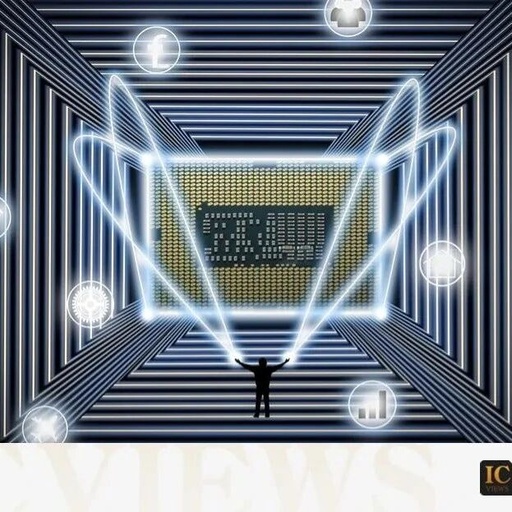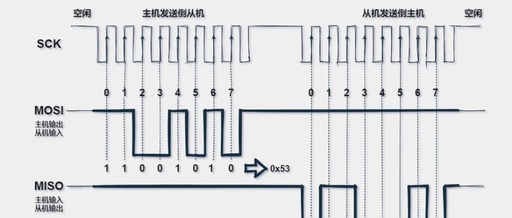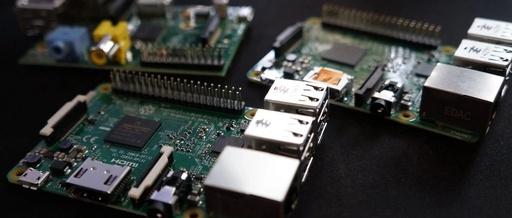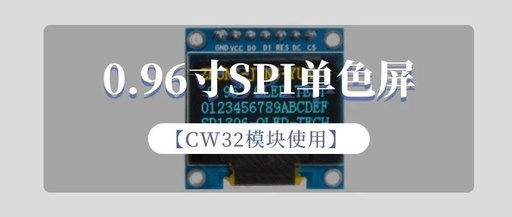RISC-V: Unstoppable After Fifteen Years
(Source: Semiconductor Industry Observer)In May 2010, Andrew Waterman, a student at the University of California, Berkeley, sent an email to his professors. After experimenting with various teaching methods for a three-month project, he concluded:They should revive the nearly extinct microprocessor architecture DEC Alpha.“I don’t see how we can create anything new,” Waterman said. “This has … Read more







